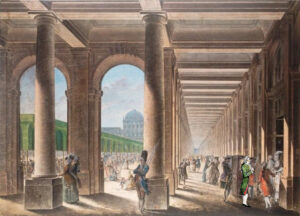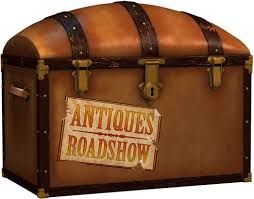Violin bow: Baroque, A. Dipper, P. Tourte model
Pierre Tourte (b.c.1700, d.1764) was the father of the great Parisian bow maker Francois Tourte (1747-1835). It was Francois who worked assiduously to improve the techniques of bow making and explore the nature of the many rare tropical hardwoods being imported into Paris from the French holdings of the West Indies and South America. The new bow designed by Pierre Tourte with it higher “Swan Head” and longer stick proved to be the perfect tool to enable musicians to adapt and explore the musical inventions of Corelli and bring them to an eager and wider audience. The development of the Swan Head bow was a leap of faith from the point of view of design engineering and it used the properties of durability of the new range of woods that were being imported into France from the Americas. To learn more about the P. Tourte model visit the Dipper blog.


Violin bow: Baroque, A. Dipper, Tourte model – DVB324 (price $3,200.00)

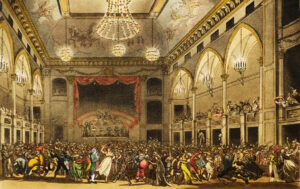 Dear Mr. Puppy,
Dear Mr. Puppy,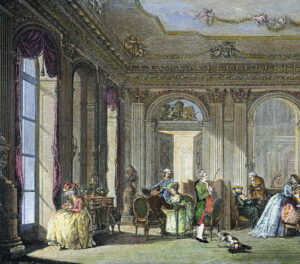 Dear Mr. Puppy,
Dear Mr. Puppy,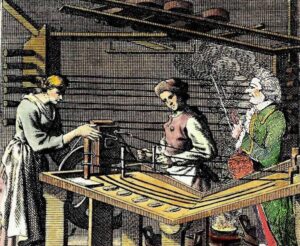 Dear Mr. Puppy,
Dear Mr. Puppy,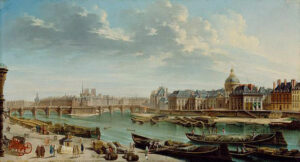 Dear Mr. Puppy,
Dear Mr. Puppy,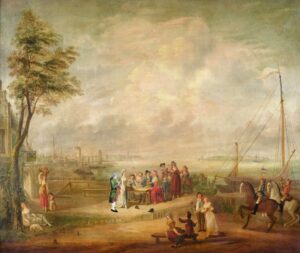 Dear Mr. Puppy,
Dear Mr. Puppy,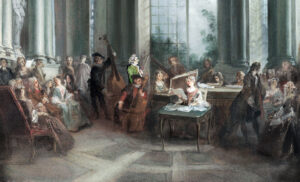 Dear Mr. Puppy,
Dear Mr. Puppy,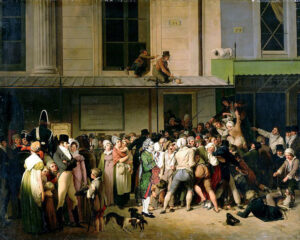 Dear Mr. Puppy,
Dear Mr. Puppy,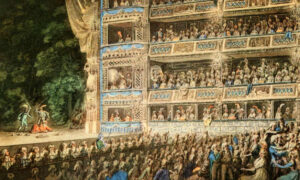 Dear Mr. Puppy,
Dear Mr. Puppy,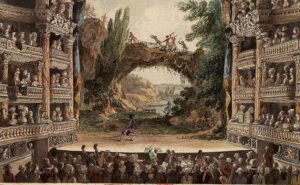 Dear Mr. Puppy,
Dear Mr. Puppy,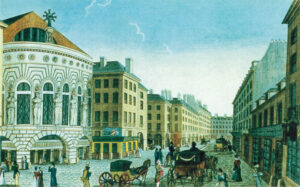 Dear Mr. Puppy,
Dear Mr. Puppy,